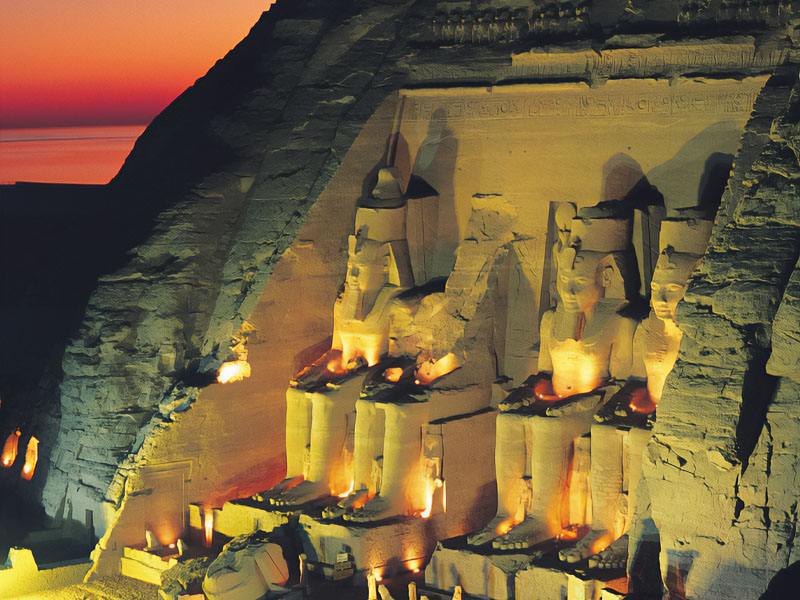Collective Memory & Heritage
Issue 14

Muhammad Al Sammuri (Syria)
Formed of individuals’ memories, collective memory establishes the identity of a community and ensures its existence. The question is whether collective memory can provide more knowledge than an individual memory. Jaber Asfur wrote, “…That cultural memory can only restore echoes of people’s interests, concerns or hopes; cultural memory is responsive to changes in the present and in reality.”

This memory draws on the collective and individual conscious and unconscious minds, and on homogeneous or contradictory thoughts and emotions, but the recall of these ideas and emotions is dependent on both past and present.

Collective memory is an important source of history. Epistemologically, it is composed of the conventional ideas, thoughts and knowledge of a particular community, and thus it constitutes the cultural identity of that community. Collective memory also delineates behavioral and cultural patterns, which aid historians in their comparative studies.
The collective memory is indeed a rich source of history that includes cultural activities and knowledge. The most important cultural aspects are poetry, oratory, biographies, stories, epics, myths and arts. It also includes all unforgotten major events and significant natural phenomena such as earthquakes, floods, famines and times of prosperity.

The collective memory includes sources of oral history such as tales and folk tales that include forgotten historical events that have been distorted or exaggerated for the sake of entertainment.
These tales emphasize conventional values and cultural principles and, by studying them, we learn of social conditions and of people’s lives during times of scarcity and prosperity. Derived from the word ‘Hadath’ (event), the Arabic word ‘Hadutha’ (tale) is related to a narrated event. Literature reveals only glimpses of historic events, but folk tales provide eyewitness accounts of historical eras, rich in thoughts, traditions and feelings. The descriptiveness that is an important facet of folk tales should be utilized when revisiting traditional narration.
The unchanging nature of folk tales and the narrowness of their structure are the secrets of their strength and survival. Since narrators add some significant oral components to the stories they narrate, these components are forms of literary expression that offer a wide range of possibilities for interesting comparative studies of different peoples’ folk stories. The events described are almost the same in all cultures and societies, but the local contributions of each era can be isolated in comparative studies.







































































